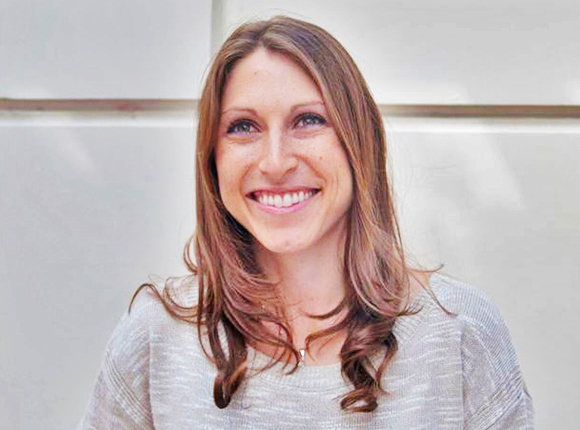Ryan Hoover is a name you may have heard floating around the Internet for a long time, but it actually wasn’t too long ago (just a couple months) that he launched a product of his own. And he did it like a pro.
We were fortunate enough to interview Ryan recently for our book, How to Build a Rocketship. He opened up about a couple key things he did that set up Product Hunt for a really solid launch, and subsequent momentum.
1. YOUR FIRST VERSION SHOULD BE TINY
The first version of Product Hunt was just an email digest (using LinkyDink) that Ryan sent to 30 founders & investors with cool products that he found. As more and more people started subscribing and sharing the links, the feedback was pretty clear that this was something people really looked forward to each day.
When he decided to turn it into a product, he reached out to his more technical friend, Nathan Bashaw, to help build it out in Ruby. They decided to give themselves as long as Thanksgiving break to get a prototype up. That’s 5 days to their SPV. And it actually wasn’t all that different from what you see today.
Having the time constraints of a holiday weekend forced them to focus on the core of what they were doing. They had to be brutally strict with features and efficient with their dev choices (ie: using gems and other pieces of code from previous projects, rather than coding each and every part of it from scratch). Tough choices were made on what was totally necessary, and what had to wait until the ‘next round’.
Guess what happened when they pushed out their SPV. People still loved it! Because it didn’t matter that the commenting functionality wasn’t as robust as Ryan and Nathan would have liked to make it, with up-votes and threading. No one cared (or even knew) that they had a whole backlog of ideas for the site that weren’t ready yet. The core benefit of sharing (and talking about) new products among a community of early adopters was there. It was the basic principle that everyone loved about the email list, brought to a different platform.
And from that point on, rather than spinning their wheels in weeks or months of dev cycles, working in a silo, they were gaining traction.
If you only had one week…could you get your SPV to a launch-ready state? Challenge yourself to really think about what’s core to your product. Experiment with time constraints.
2. COLD EMAILS WORK (If you do them right)
When Ryan and Nathan were ready to publicly announce Product Hunt, PandoDaily reporter Carmel DeAmicis was there to interview him and do a write-up. Why? For starters, he asked.
But that’s obviously not the whole story. He had an existing relationship with PandoDaily by that time, which started in a cold email.
“Cold emails work…It’s really about how you do it.”
-Ryan Hoover
Ryan cold emailed Sarah Lacy with a guest post several months prior to Product Hunt’s inception. But he didn’t just email her a form letter (although he did have a formula). Here’s the recipe:
- Write a personal note. Show knowledge of the person you’re writing and their publication. Compliments are always nice, but be genuine.☺
- Explain why your story would be a good fit for their audience. Try to keep it brief.
- Attach a full final draft so they know exactly what they’ll be getting. Remove any guess-work or risk on their part.
- Make sure you’re delivering the goods! Only attach a post that you’re really proud of. If you send them crap you probably won’t get a second chance.
<%= imagetag “blog/sampleemail.png”, class: ‘pure-img’ %>
When Ryan sent Sarah this first pitch for his post “What Philz Coffee can teach us about product design”, he did all four of the things listed above. The fourth, being the most important factor in getting a second post published, and then a third, and so on.
Although his initial email to guest post wasn’t directly related to Product Hunt (as all this occurred before it existed) it was one step of many he’s done to build a following and do favors (publications appreciate good, free content) that eventually pay dividends. By the time Product Hunt launched, he had already written 4-5 great articles for them. And when a time came to call in a favor for himself, he wasn’t afraid to ask.
3. PERSONAL TOUCH WORKS WONDERS
When we first heard about Product Hunt it was directly from Ryan. Someone had posted our product, HookFeed, on the site and Ryan took a few minutes to send Matt a personal note letting him know. Matt was able to set up an account and join the conversation in a matter of minutes. It was such a great surprise and immediately had us both engaged on the site.
And Ryan has done this personal outreach for A LOT of people. Aside from building relationships, which is an obvious benefit — it actually helps keep the quality of the community up. By personally reaching out to founders, investors, bloggers, etc., he’s continuing to seed the community with the people that will engage and keep it strong.
People write a lot about doing things that don’t scale, and that often means very different things for very different companies. But the universal thing that everyone can do is add more personal touch. It pays off in so many ways.
